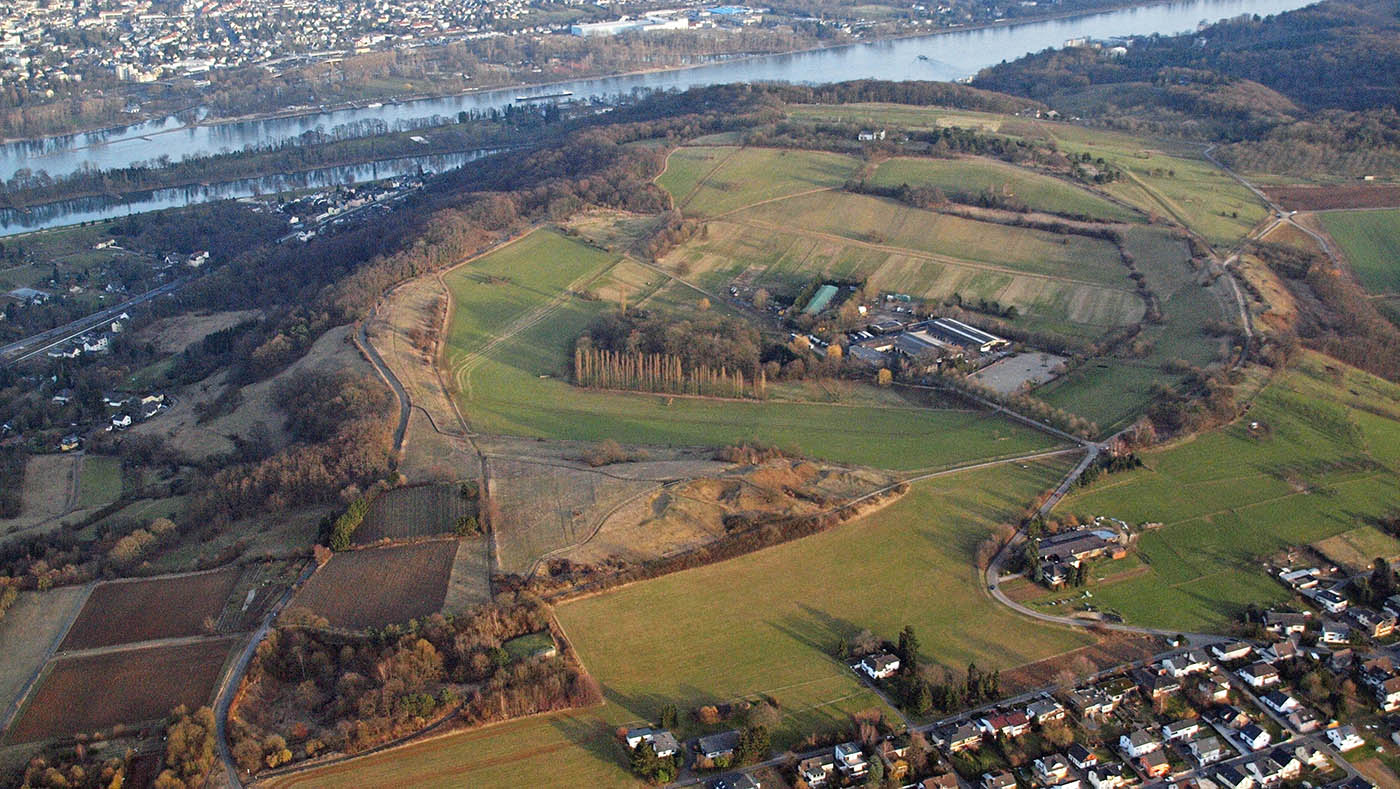
© Wolkenkratzer CC BY-SA 3.0
The Climate Archive of the Rodderberg Volcano
How have the climatic conditions in Central Europe and especially in the Rhineland region changed in the past 320,000 years? Sediment cores from the Rodderberg volcano crater provide interesting information.
The Rodderberg volcano near to Bonn has turned out to be a rich climate archive: Ten years after cores were drilled in the volcano crater, 14 international researchers have combined their analysis results and created a valuable dataset for climate research. What is especially fascinating is that the Rodderberg contains several glacial and interglacial periods in superposition. This enables detailed insight into the climate history and makes the Rodderberg unique in Germany, as comparable natural archives usually only hold records from one single climate cycle. It is planned that the entire dataset be analyzed by 2023. The analysis is to provide information on the climate development of the past 320,000 years.
Since an eruption 320,000 years ago, atmospheric dust, lacustrine sediments, slope wash, and volcanic ash from the Eifel have collected in the Rodderberg crater. After various geophysical and geological assessments had taken place, sediment cores were drilled in three different locations within the crater ten years ago. The deepest drilling hole ended 164 meters under the ground surface and was comprised of varying sediments – including volcanic ash, scoria, and massive basalt – down to a depth of 72 meters. During drilling, the three drilling holes were assessed using cameras and measuring equipment. Since then and with the financial support of the German Research Foundation (DFG), the drilled sediment samples have been analyzed layer for layer by researchers from eight research institutes – including the Institute of Geography at the University of Bremen. The samples have revealed a unique geoscience archive.
“In an online workshop, we combined the available analyses from the last years and have unearthed a true treasure,” states Professor Bernd Zolitschka. “We would like to present several photos and images to the public outside of research publications. They show clearly how we can read and understand the climatic and environmental history of the region over millennia. Our interdisciplinary analyses allow us, amongst other things, to make assumptions about the sediment influx into the Rodderberg crater, which is in fact controlled by soils, vegetation, and the hydroclimate. One particular area of focus of our assessments is the oldest interglacial period, which is a warm period between two glacial periods of the last Ice Age. This is most probably the so-called Holsteinian Interglacial. We are carrying out a series of high-definition analyses especially for this interglacial, as said warm period had temperatures that were roughly 2 degrees Celsius warmer than the warm period in which we currently live – the Holocene. Thus, comparisons with the Earth in 50 years are realizable.” The following image gallery shows what drilled cores look like and how they are analyzed, and which minerals, as well as faunal and floral remains have been detected so far.
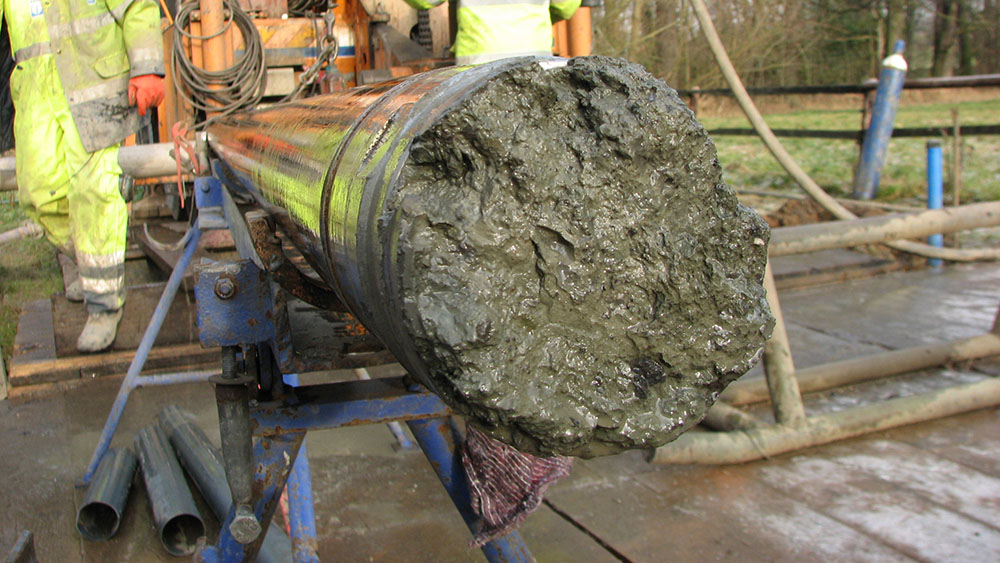
© Franz Binot, Leibniz-Institut für Angewandte Geophysik
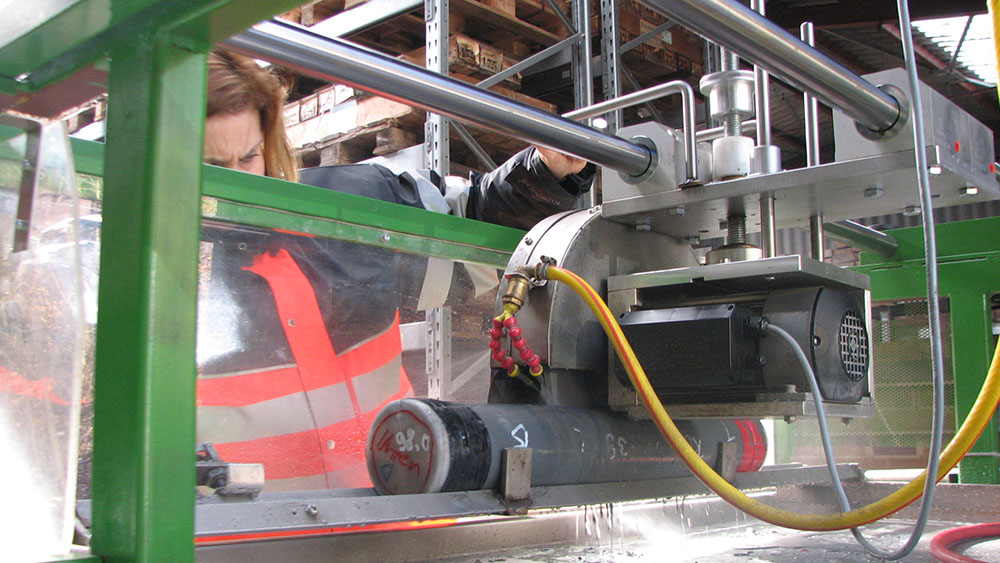
© Franz Binot, Leibniz-Institut für Angewandte Geophysik
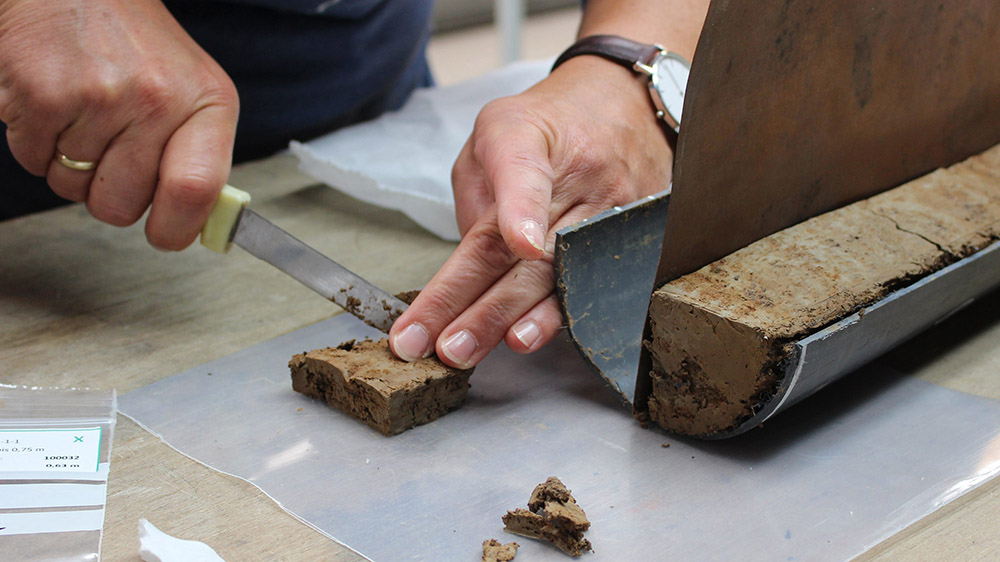
© Franz Binot, Leibniz-Institut für Angewandte Geophysik

© Peter-Paul Weiler für Leibniz-Institut für Angewandte Geophysik
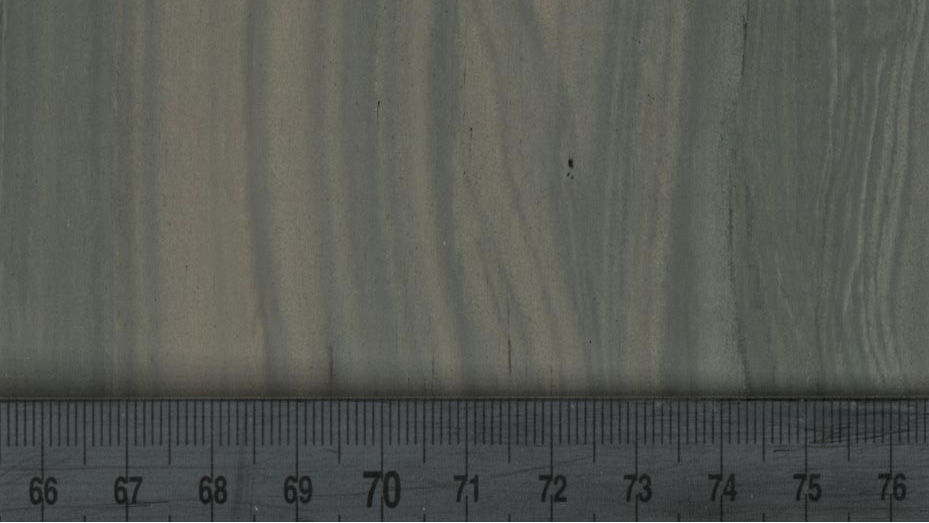
© Ines Hogrefe, Universität Bremen
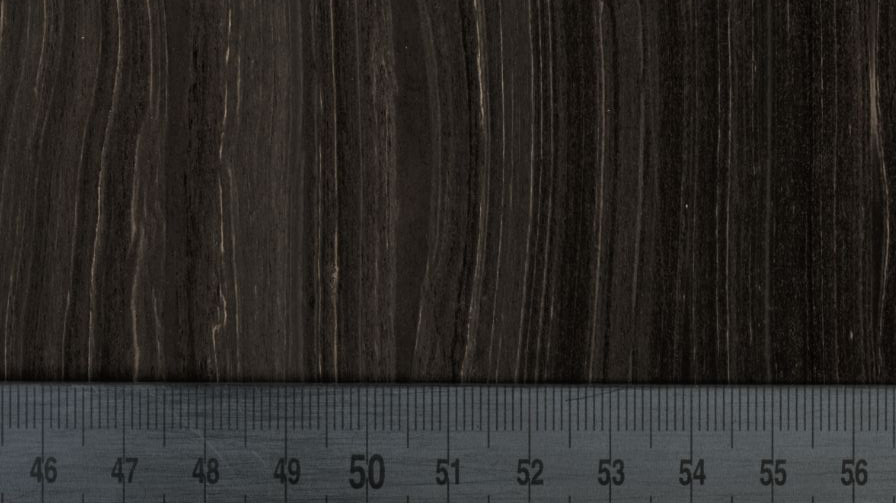
© Ines Hogrefe, Universität Bremen
The sediment cores are stored in plastic tubes (liners) that were hydraulically pushed into the ground during drilling. Each tube is three meters long and ten centimeters in diameter. Before researchers split the core, non-destructive measurements were undertaken, for example, for magnetic susceptibility or for continual measuring of the different element contents of the sediment. In the next step, the cores were sawed through and the individual layers assessed. These can provide information on what entered into the Rodderberg sediment trap from the surrounding area, what the surrounding vegetation looked like, and which organisms lived in the crater. By combining all of these findings, it is possible to derive information about the climate and changes in the environmental conditions.
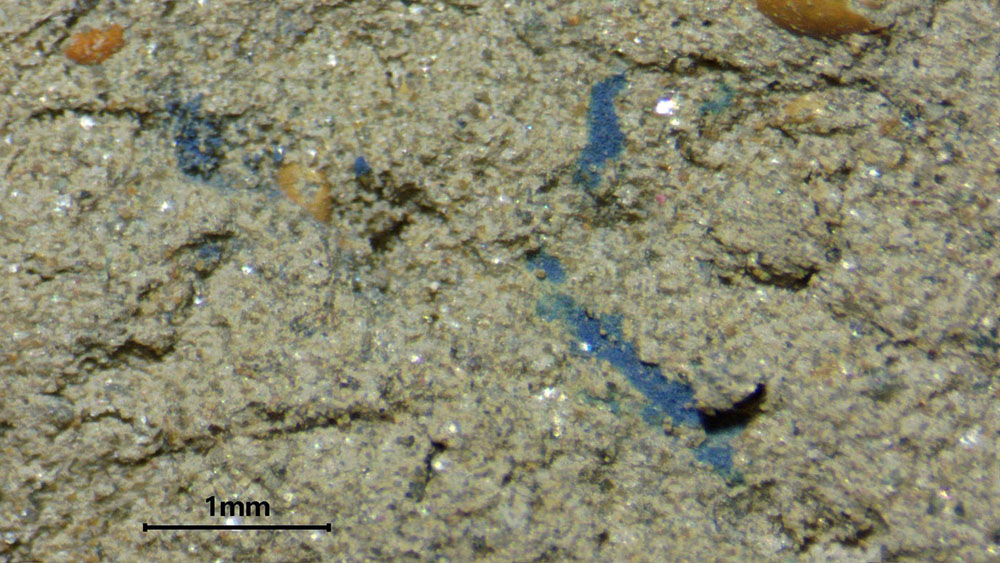
© Franz Binot, Leibniz-Institut für Angewandte Geophysik
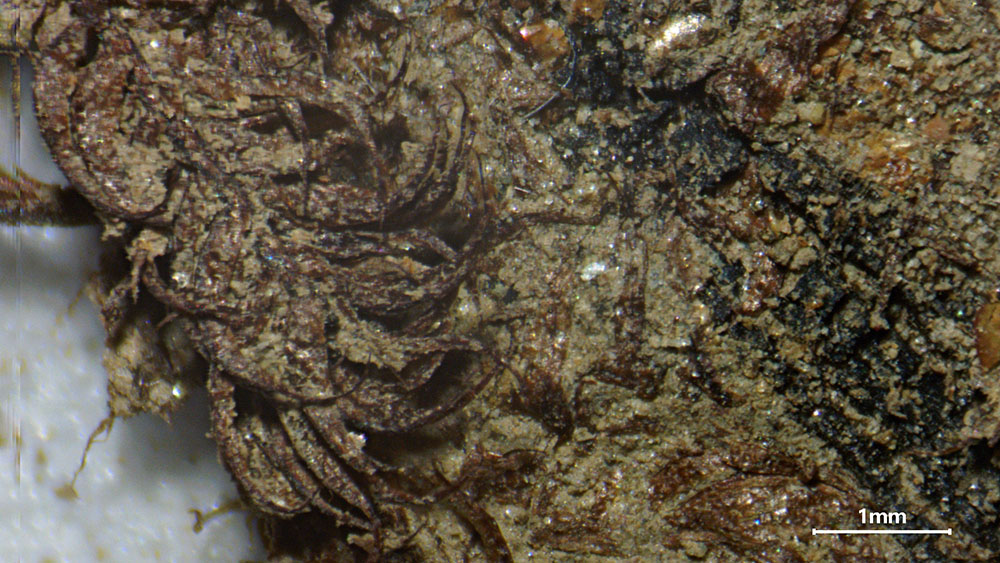
© Franz Binot, Leibniz-Institut für Angewandte Geophysik
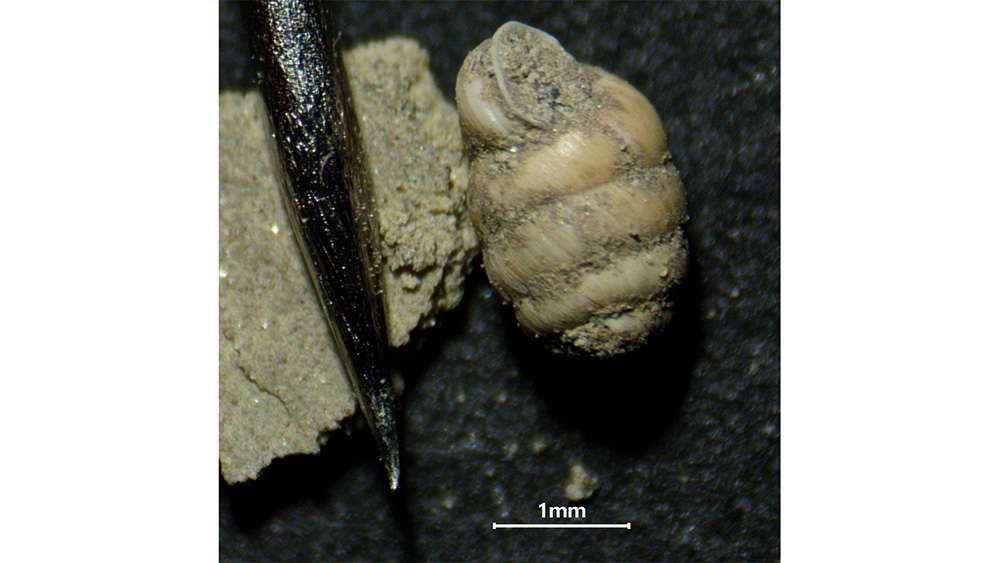
© Franz Binot, Leibniz-Institut für Angewandte Geophysik
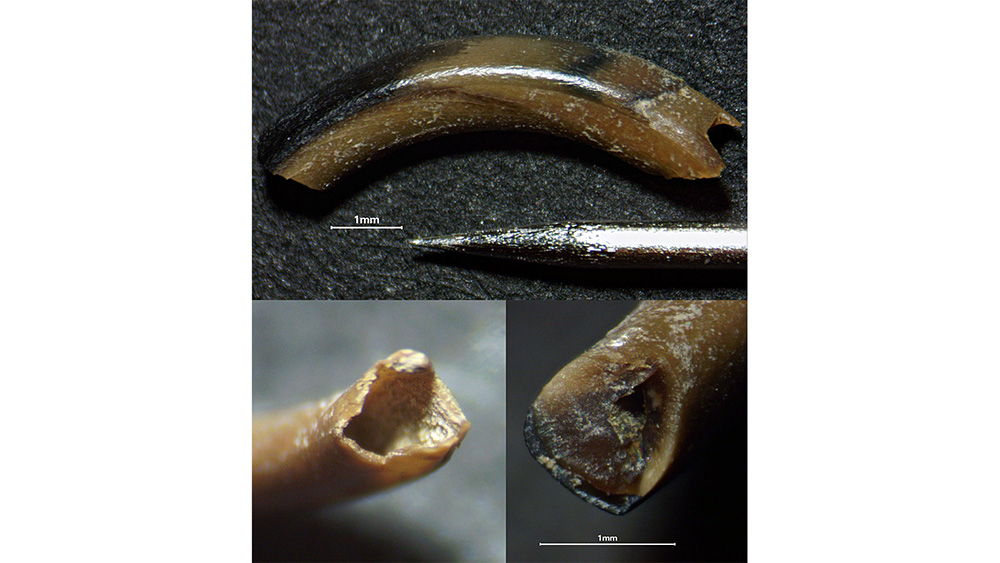
© Franz Binot, Leibniz-Institut für Angewandte Geophysik
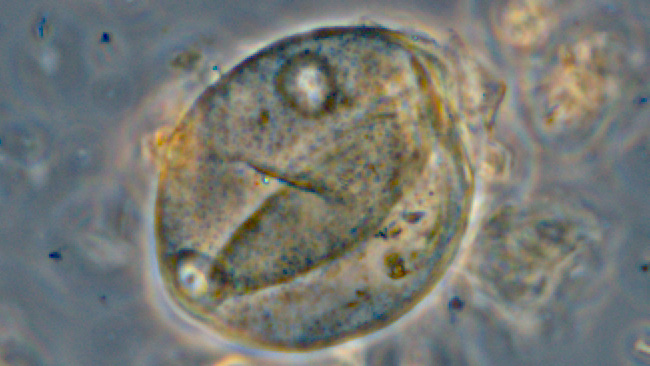
© Prof. Dr. Felix Bittmann, Niedersächsisches Institut für historische Küstenforschung, Wilhelmshaven
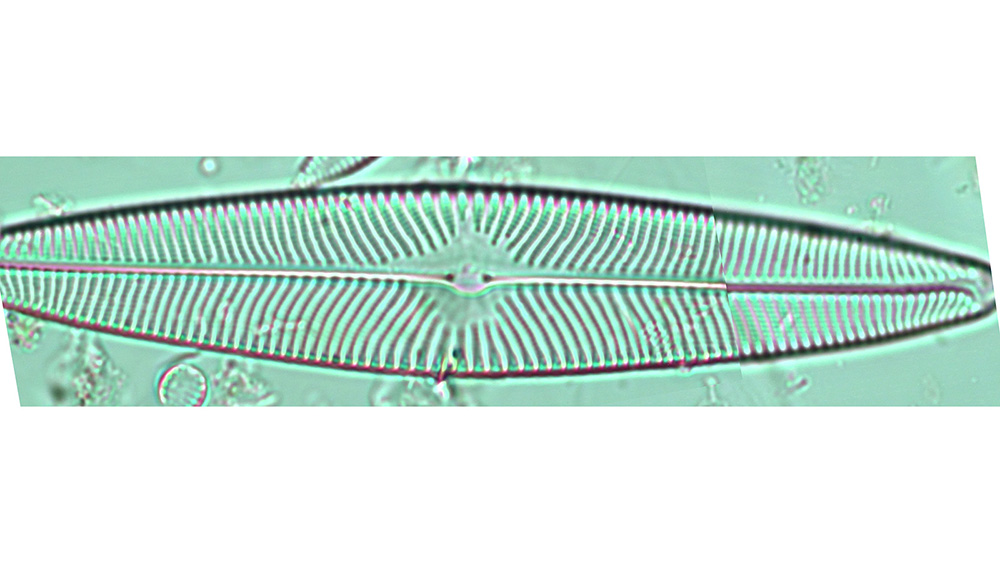
© Dr. Lujan Garcia, Universität Bremen
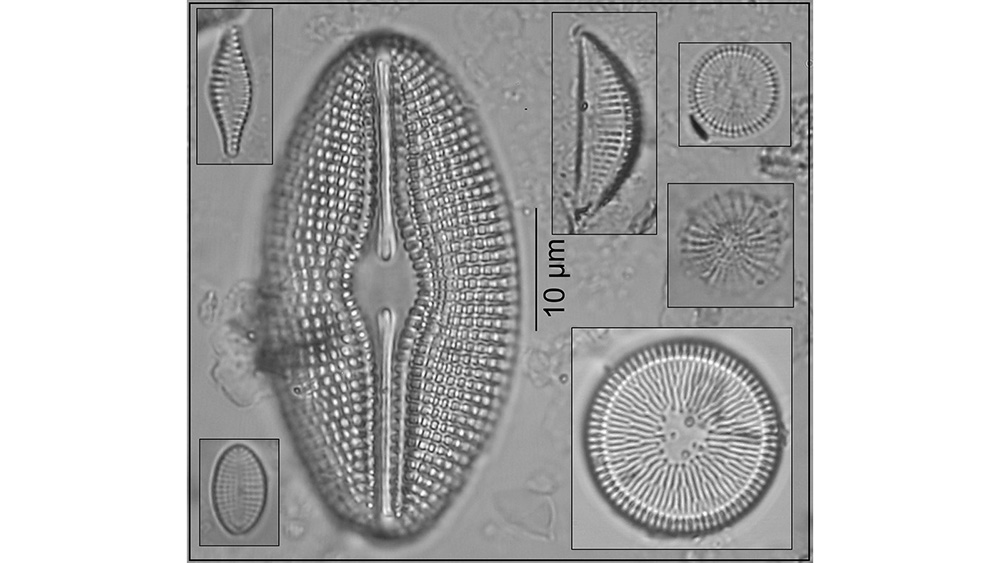
© Dr. Ricarda Voigt, Luckenwalde
Even more details of plant and animal remains are recognizable microscopically. For example, a whole layer of tower snail shells was able to be found in the crater lake, which means that there were many of them at that particular time. Several diatoms and traces of small mammals (Rodderberg mouse) also become visible under the microscope.
Initial research findings are expected at the end of 2022. The project can be followed via Research Gate.
About Bernd Zolitschka:
Bernd Zolitschka has held the position of professor of physical geography at the University of Bremen for over 20 years. Based on high-resolution analytical techniques applied to lacustrine sediments, he reconstructs climate change and the interplay between humans, the environment, and climate.
Copyright header image: Wolkenkratzer CC BY-SA 3.0